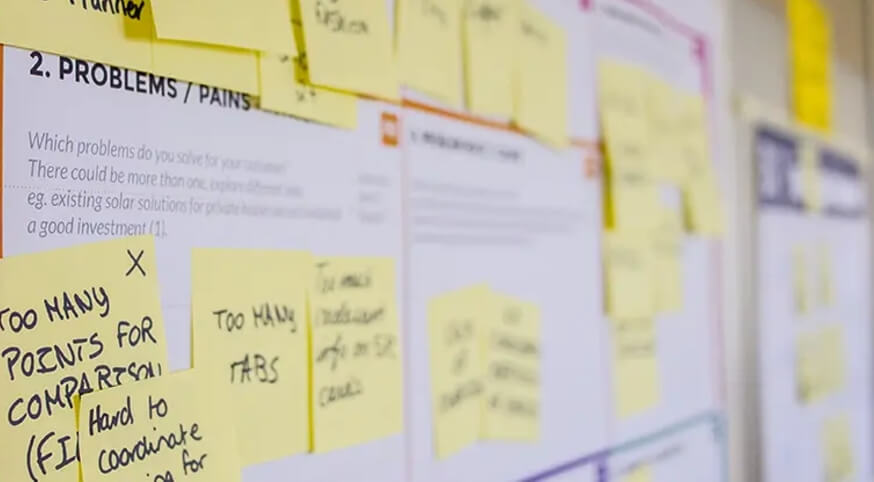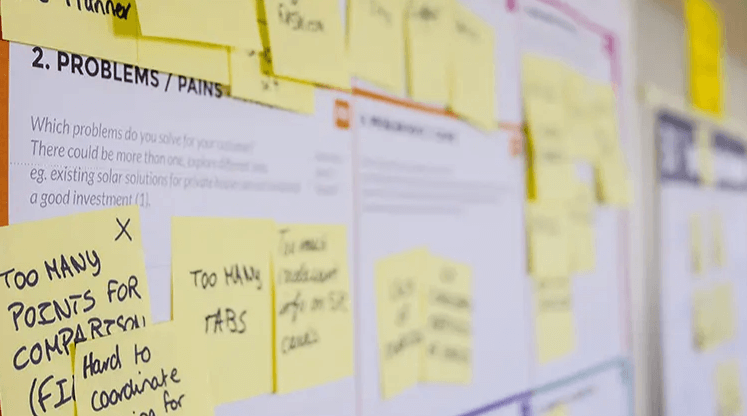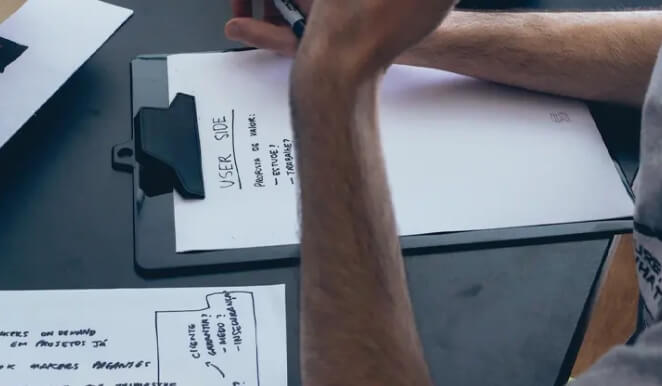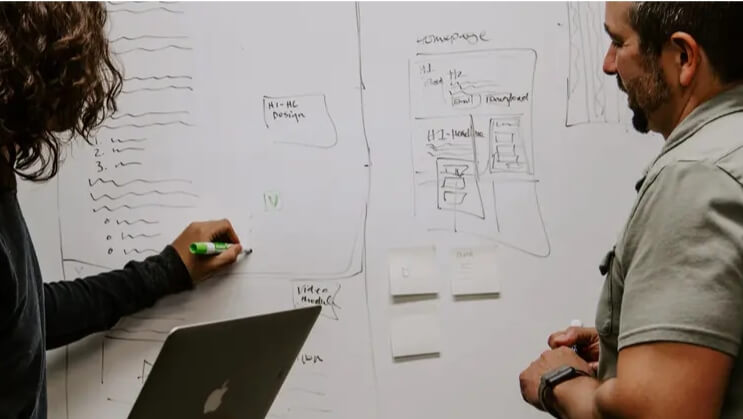Discover essential insights for product managers on mastering requirement analysis. Learn how to identify real user needs, avoid common pitfalls, and prioritize tasks effectively for innovative product development.
Having worked in product management for so many years, I’ve summarized several key points that product managers should focus on during the demand analysis process.
😊 Demand analysis is an essential part of a product manager’s daily work. In this article, the author, drawing from years of experience, has outlined 7 important considerations in the analysis process. I hope these insights can help everyone. 🌟

1. The Real Demand vs. the User’s Proposed Solution
The demand that users propose is usually a solution, but this is not always the demand we need. The real demand is the problem the user faces in a particular scenario that they can’t solve. 🤔
We need to get close to the users, but we can’t fully trust them. Through continuous questioning, deep thinking, and persistent research, we can uncover the real scenario. Based on this scenario, we design solutions to meet the user’s true needs. However, these factors are dynamic and not set in stone. As long as it’s a real demand, there’s a chance for implementation, and these opportunities often allow the product to outperform competitors. 🚗💨
In 2021, we received a piece of user feedback: "Can we import an image to directly enter purchase orders from the phone’s photo gallery into the software?" 🖼️📱
At first, I knew it wasn’t feasible. Leaving aside the technical challenges of image text recognition, even if the text were recognized, the software wouldn’t know how to categorize the SKU correctly. There were also many potential issues, like how to remove extraneous content or handle items not in the system.
But instead of rejecting the request immediately, we added it to our demand pool. Inputting purchase orders into the system is tedious and time-consuming, which made it a real and valuable demand. 🌱
It wasn’t until last year, with the rise of domestic AI models, that we tried using AI’s semantic recognition to solve this issue. That’s when we were able to implement the feature. The result was well-received, earning praise from users, the company-level innovation award, and imitation from competitors. 🏆
Had we given up on the demand, we wouldn’t have had the chance to surpass our competitors. 🚀
2. Minimize New Features
There’s a “Pareto Principle” in demand development: 20% of features satisfy 80% of user needs. Similarly, 80% of features launched will only satisfy 20% of users. 🧠
By continually reviewing past demands, we find that many features don’t actually have much impact if they aren’t developed. 🤷♂️
As product managers, we are often brimming with ideas and excuses. We sometimes develop unnecessary features, or even push for features to reduce development costs, just to do something. In recent years, however, I’ve noticed that as more features accumulate, the product becomes increasingly complex, and user satisfaction declines—a sign of diminishing product reputation. 😕
So, we should be cautious when considering demands. Less is more. 💡
Once a feature is launched, it’s typically irreversible, both for users and for the product itself. Once launched, it’s difficult to remove a feature. Not only do we need multiple evaluations, but it also requires confirmation from various levels of leadership. 🛑
Also, even the smallest feature, once released, will impact users who are already using it. Removing it can affect them.
Hence, it’s better to avoid unnecessary features from the start to save resources and protect the product’s reputation. 🌟
3. Does a Feature Need to Be Developed Just Because Many People Requested It?
When many people request the same feature, it indicates a serious problem in that scenario that needs attention, but it doesn’t mean we should do whatever users ask just because many people have asked for it. 🤷♀️
In offline interviews or group surveys, I’ve encountered multiple clients suggesting similar features. It’s tempting to promise to evaluate it later or even think we should prioritize it simply because many people requested it. 😬
However, the demands from users are often based on their own experiences with competitors or similar products. Some are imagined or hypothetical, with users not fully understanding the scenario. In a group environment, individuals might just echo what others say without truly analyzing the situation. 🤔
A professional product manager analyzes demands and digs deeper to understand the actual scenarios, then balances it with the product’s positioning, framework, and company values before designing the right solution. 🛠️
If we just blindly follow user demands, then everyone becomes a product manager, and there will never be room for true innovation. True innovation comes from understanding users deeply and designing with that understanding—not just following their requests. 💡✨
4. Avoid Demand Generated from Discussions Alone
In internal demand review meetings, we often discuss scenarios and make adjustments to features. However, when we struggle to advance a demand, there’s a temptation to push everyone into discussions to justify the need. 💬
Humans are emotional creatures. Just like in a relationship, we sometimes do things that make us feel good, even if they’re not entirely rational. The same happens in discussions—people often get carried away, brainstorming and imagining huge business opportunities, only to realize later that the demand wasn’t really viable. 😅
Unverified demands may not be recognized by users. Brainstorming is often a fallback when there’s a lack of strategic direction in the business. 🔄
Product work is very much like scientific work—both emotion and logic are essential. We must boldly hypothesize but also carefully verify. All demands must be tested with users or the market. Discussions alone aren’t enough. 🔬
5. Don’t Just Copy Competitors
In product development, we often study competitors to understand what features they have or what strategies they’re using. It’s tempting to just copy them, but that’s not always a good approach. 🕵️♂️
Copying features may get us into the market quickly, but it’s important to understand that all features are designed after deep analysis and consideration of specific business pain points and scenarios. Simply imitating a feature doesn’t help us understand the user’s true needs, and we risk becoming stuck in a cycle of following competitors without innovation. 🏃♂️
6. True Demand Comes from User Insights
Demand should never come from just user surveys, discussions, or competitors. The real demand stems from user insights—understanding the user’s motives. 🔍
The core of analyzing demand is identifying the user’s motivation, as this is the source of demand. When users encounter a problem in a scenario, their motivations drive their recognition and acceptance of a feature. 🎯
Therefore, finding the user’s motivation is key to determining what demand will be accepted. This is why I always emphasize the importance of continuous understanding and research of users. Only through deep understanding can we uncover real needs and find innovative opportunities. 🚀
7. Evaluating Demand Priorities
First and foremost, demand should align with the product’s core scenarios and impact the main operational processes. These demands should be the highest priority. For instance, if a lack of a feature prevents users from using the product, it must be prioritized. 🚨
Next, the product should focus on building a good reputation. A product’s network effect—its ability to thrive long-term—is directly tied to its reputation. Only with a good reputation can it attract more users and maintain growth. 🌱
Finally, prioritize based on goals—short-term and long-term. Short-term goals have higher immediate priority, but long-term goals generally offer higher returns. 📈
By understanding priorities and organizing releases accordingly, we can make more strategic decisions. 🗂️
Ultimately, the ability to uncover real demand and analyze it correctly is one of the key standards for judging a competent product manager. 💪







